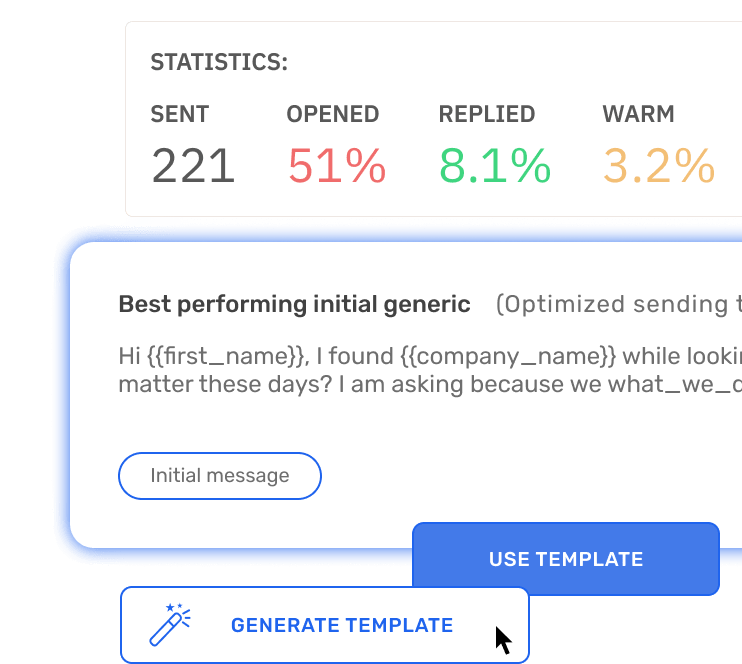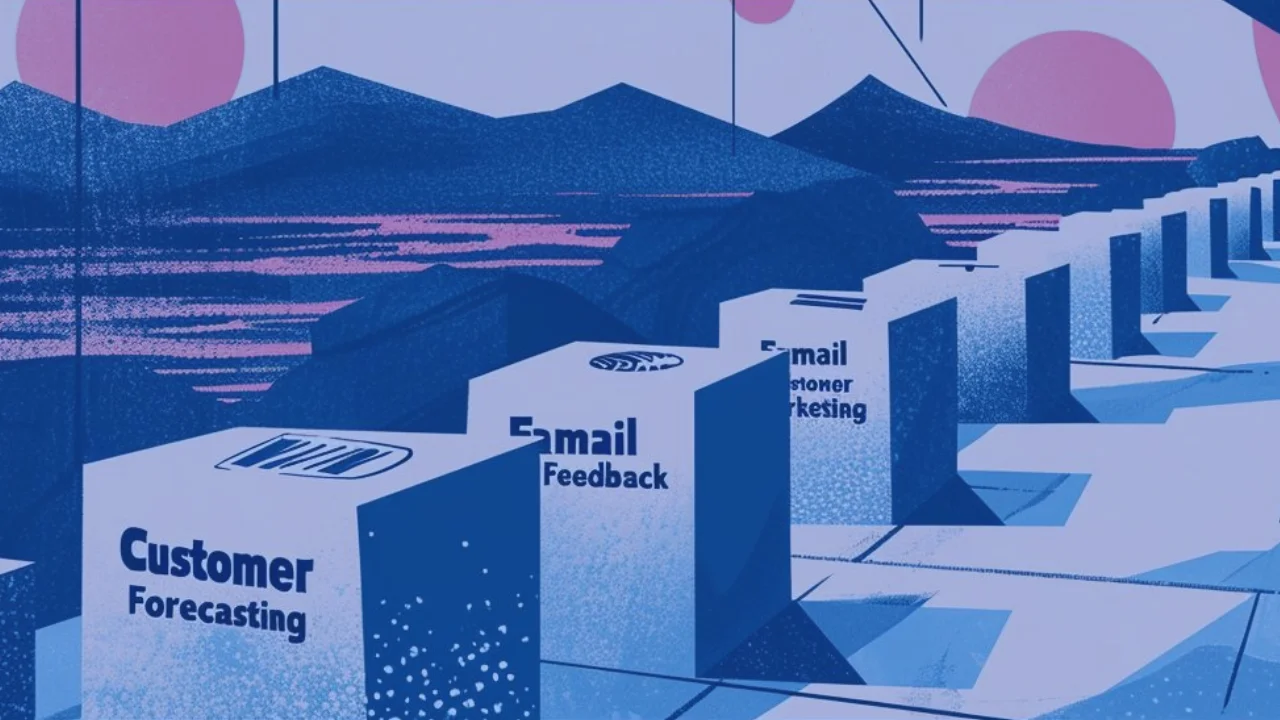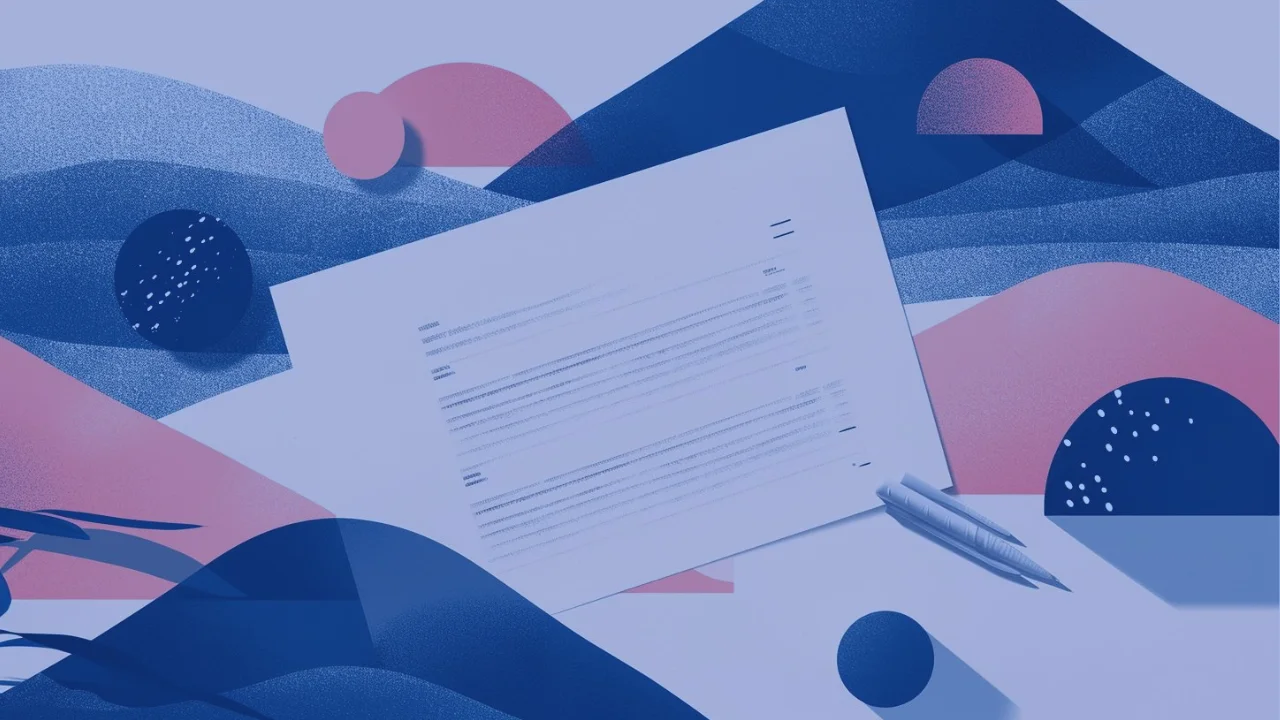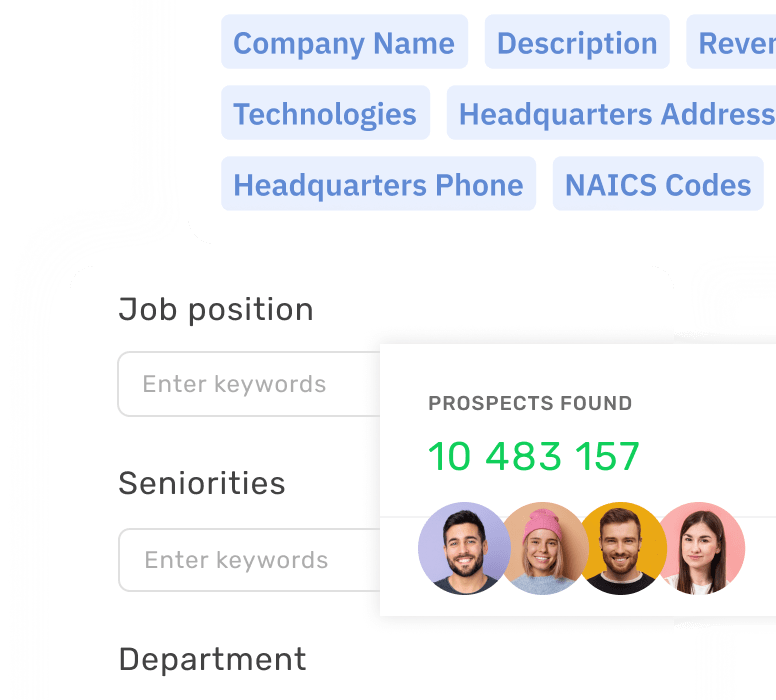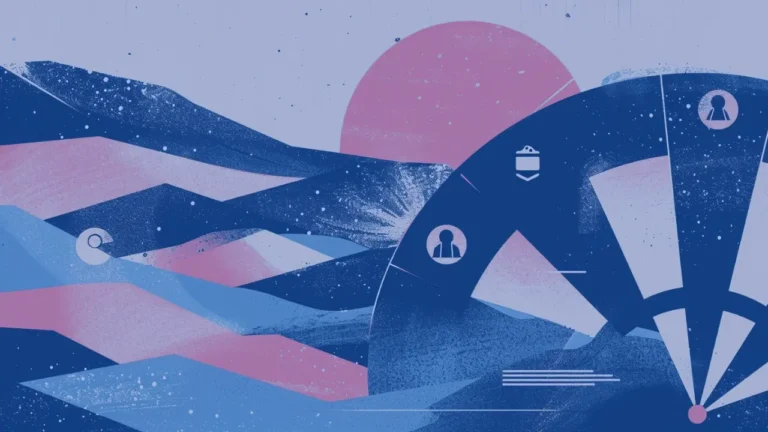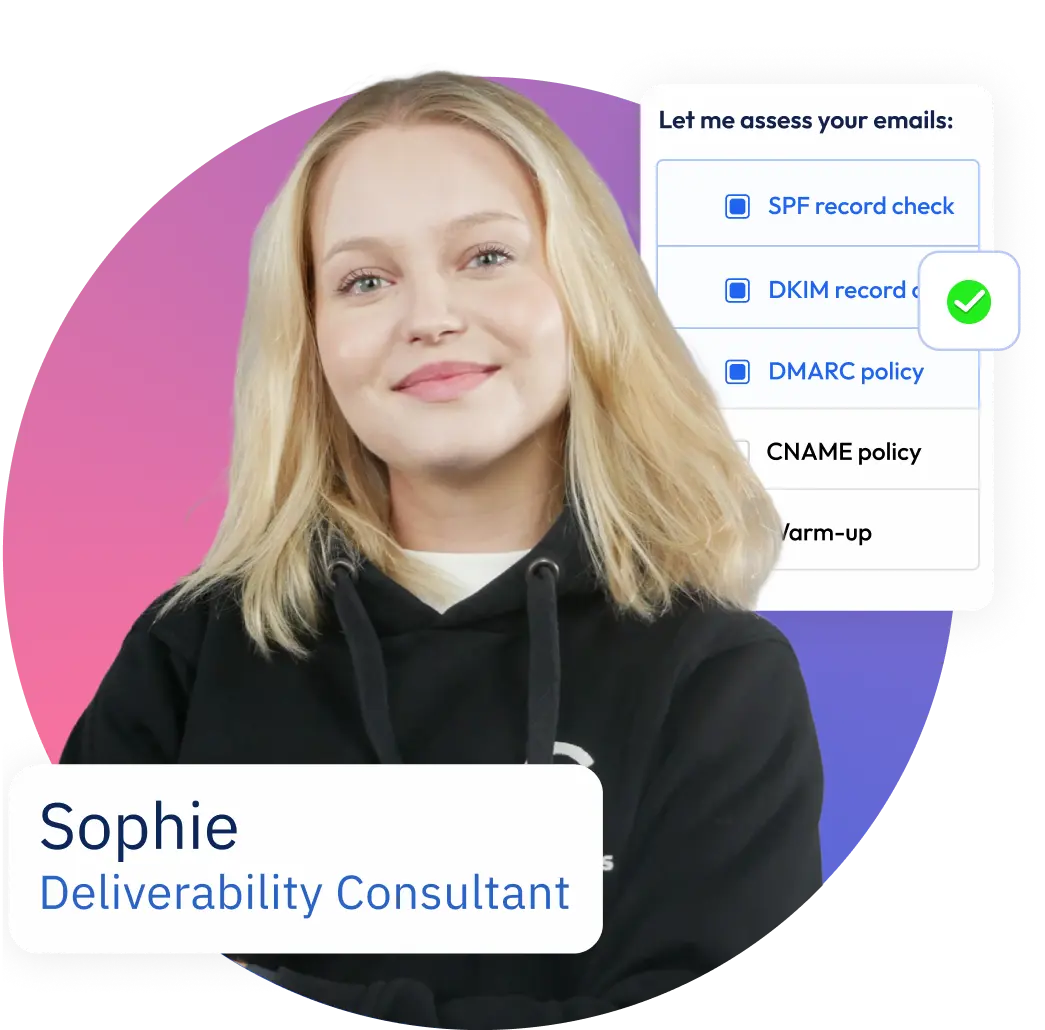Cold outreach stands as a pivotal component of modern sales.
It is the technique of initiating contact with potential customers who have not previously expressed an interest in the products or services being offered, most commonly through email.
The goal is to establish connections, nurture leads, and ultimately convert potential clients into paying customers.
However, it often comes with challenges, including the handling of various objections that recipients may present.
From questions about product relevance to timing and budget concerns, ready responses to these challenges can mean the difference between a sale and silence.
Read on for proven strategies for overcoming objections in cold outreach.
TL;DR
- Objections are a natural aspect of cold outreach, with common objections highlighting issues like a lack of interest, budget constraints, bad timing, and trust issues.
- Understanding the psychology behind objections, like fear of change and suspicion of new vendors, can improve response strategies, utilizing principles such as reciprocity, commitment, and social proof.
- Active listening is crucial to tailor solutions and demonstrate an understanding of the prospect’s needs.
- Personalizing the response by aligning your offering with the unique challenges of the prospect enhances the engagement.
- Articulating the value of products or services is key to addressing objections regarding relevance and cost-effectiveness.
- Success stories and testimonials serve as powerful evidence to increase credibility and showcase real-life benefits of the offering.
- Directly addressing objections shows confidence and transparency, providing clear and concise counter information.
- Reframing objections as questions helps maintain a dialogic approach to finding mutual grounds for agreement.
- Showing empathy towards prospects’ concerns can build a stronger rapport, easing the conversation.
- Providing concrete information and evidence aids in substantiating claims and showcasing knowledge.
- Anticipating objections with prepared solutions demonstrates professionalism and readiness to engage.
- Addressing skepticism directly through transparency and proof, like demos or trials, bolsters trust.
- Creating a sense of urgency can motivate prospects to take action, but it must be done without applying excessive pressure.
- Offering discounts and incentives may overcome price objections but need to be strategic to avoid devaluing the offering.
- Utilizing industry recognitions like awards and certifications strengthens the legitimacy of the product or service.
- Effective follow-up strategies emphasize ongoing engagement, providing additional details, and suggesting further discussions.
- Handling rejections with grace leaves the door open for future opportunities and maintains a professional image.
- Continuous learning and adapting to industry changes are paramount for refining objection-handling strategies in cold emailing campaigns.
- Automating certain aspects of sales prospecting can also help in managing objections more efficiently. Find out how in our guide on automating sales prospecting
- Signing up for a Growbots trial offers hands-on experience with advanced outreach strategies and tools, equipping sales professionals with practical know-how to effectively overcome objections and boost their sales efforts.
Reach More with Less Effort
Connect with Potential Clients at scale
- AI message generator
- E-mail verification
- Multichannel sequences
- A/B testing
Understanding Common Cold Email Objections
Objections are a natural part of the sales process, particularly in cold emailing, where the skill of persuading is key.
They can revolve around skepticism of your product’s value or relevance, budget constraints, or bad timing.
The most frequent objections faced during cold outreach include:
- “We’re not interested.”
- “We already have a solution.”
- “Your product/service is too expensive.”
- “Now is not a good time.”
Understanding their nature is the first step in overcoming and turning them into your favor, hence it’s critical to invest time in analysis and strategy.
Here is a table detailing common objections and potential reasons behind them:
| Common Objections | Descriptions |
| Lack of interest | Prospects do not see the immediate value in the offering. |
| Budget constraints | Concerns over cost may hinder prospects’ decision to engage. |
| Bad timing | The email reaches the prospect at an inconvenient moment. |
| Trust issues | The prospect is hesitant to engage with an unknown entity. |
| Contentment | The prospect is happy with their current situation or provider. |
By tailoring communication strategies to each objection, sales professionals can enhance their ability to turn skeptical recipients into interested prospects.
Automating certain aspects of sales prospecting can also help in managing objections more efficiently. Find out how in our guide on automating sales prospecting.
The Psychology Behind Objections
Recognizing the psychology behind objections can significantly improve the ability to respond to them effectively.
The resistance one encounters during cold outreach often stems from psychological triggers such as fear of change, suspicion of new vendors, or reluctance to engage due to past experiences.
Leveraging principles like reciprocity, commitment, and social proof can help mitigate these objections.
| Psychological Principle | Description | Application in Cold Outreach |
| Reciprocity | People tend to return a favor | Offer valuable insights or free resources |
| Commitment | Once committed to a small request, more likely | Start with a small ask, like a brief meeting to agree to a larger one |
| Social Proof | People follow the lead of similar others | Use testimonials from similar clients |
For a comprehensive guide on sales prospecting, including handling objections, explore our detailed Sales Prospecting Guide.
Strategies to Overcome Objections
1. Active Listening and Understanding
Active listening is a skill that involves fully concentrating, understanding, responding, and then remembering what is being said.
In the context of cold outreach, demonstrating active listening can distinguish a sales pitch from a conversation and engagement that provides value.
Strategies to showcase understanding:
- Repeat or paraphrase a part of the prospect’s objection to demonstrate comprehension.
- Ask clarifying questions to show genuine interest.
- Use affirmative language to convey alignment with the prospect’s concerns.
Here’s an example of turning objections into insights:
| Prospect’s Objection | Insight | Response Strategy |
| “We already have a similar solution.” | Understanding their current setup | Demonstrate differentiated advantages |
Listening actively to objections not only provides insight into the prospect’s true needs but also builds rapport, leading to higher chances of successful persuasion.
2. Offering Tailored Solutions
When sales professionals encounter objections, the key is to present solutions that are tailored to the specific needs and circumstances of the prospect.
Customized responses signal to potential clients that their unique situation is understood and valued. Here are some of the best practices for tailored solutions:
- Deeply research the prospect’s business to offer relevant solutions.
- Use the insights from the active listening to address the particular concerns raised.
- Propose a step-by-step plan that meets the prospect’s needs.
Now, let’s have a look at examples:
| Prospect Objection | Tailored Solution |
| “We don’t have the budget.” | Offer a scaled-back version of the service that fits their budget, with the option to upgrade later. |
| “We’re happy with our current provider.” | Highlight a unique feature or service your company offers that the current provider does not. |
Understanding lead qualification is essential in offering tailored solutions. Explore this concept further in our detailed guide.
3. Highlighting Benefits and Value
Sales professionals must adeptly convey the benefits and value of their offering.
This involves communicating how the product or service can solve pain points, enhance business operations, or contribute to profitability.
Some ideas on how to highlight value include:
- Boldly define the unique selling propositions that differentiate your offer.
- Translate features into benefits, showcasing how they add real value.
- Provide concrete data and case studies to substantiate claims.
How to use them in communication? Examine the examples below:
| Feature | Benefit |
| Advanced analytics | Enables more informed decision-making, saving time and increasing efficiency. |
| 24/7 support | Provides peace of mind and rapid problem resolution, reducing downtime. |
Showcasing benefits and value persuasively can address and diminish objections related to uncertainty or skepticism about the product’s utility.
4. Using Success Stories and Testimonials
One potent method to overcome objections is by using success stories and testimonials.
When prospects hear about or see the success of others, especially those in a similar industry or with a similar challenge, it increases the credibility of your offering.
Presenting these stories should be done tactfully and relevantly. To implement this strategy, try to:
- Choose testimonials that address common objections directly.
- Share case studies that showcase measurable results.
- Use narrative to paint a picture of success that the prospect can envision for themselves.
Below you’ll find a table with an example of a how to use testimonial to overcome a possible objection:
| Testimonial Component | Example |
| Client Background | Logistics company with a fleet of 100 trucks |
| The Challenge | Seeking to reduce fuel costs and improve route efficiency |
| Solution Offered | Implemented our advanced GPS tracking and route optimization software |
| Outcome | Reduced fuel expenditure by 20% and improved delivery times by 15% within the first six months of use |
Leveraging such narratives confirms the product’s effectiveness and can turn a skeptic into a believer.
leave no lead unexplored
Every potential client within reach
- 180m+ contacts
- CRM integrations
- 23 Prospect filters
- 15 Company filters
5. Addressing Objections Directly
Directly addressing objections may seem daunting, but it is often the most straightforward approach to resolve doubts. It demonstrates confidence in the product or service and shows transparency.
If you want to try the direct approach strategy, remember to:
- Acknowledge the objection as valid and worth discussing.
- Offer clear and concise information to counter the objection.
- Use evidence like statistics or third-party reviews to support your response.
How to achieve this in real life? Let’s have a look:
| Objection | Direct Response |
| “I don’t see how this could work for our company.” | “Let me show you a case study where a similar company saw significant improvements.” |
| “This is too expensive for us.” | “Consider the long-term ROI, which outweighs the initial cost. Here’s how…” |
Facing objections head-on can reinforce credibility and shows potential clients that you are prepared and knowledgeable.
6. Reframing Objections as Questions
Another strategic approach is to reframe objections as questions.
This tactic shifts the perspective from a statement that closes off conversation to one that invites dialogue and exploration of solutions.
How to use the reframing technique:
- Echo the objection in the form of a question to engage the prospect.
- Encourage the prospect to articulate their concerns more deeply, revealing the root of their hesitation.
Examples:
| Original Objection | Reframed as a Question |
| “It’s too expensive.” | “What budget constraints are we working with, and what are your expectations for ROI?” |
| “We’re too busy right now.” | “What would be the ideal timeline for you to consider implementing a solution like ours?” |
Reframing the conversation enables salespeople to continue the dialogue and navigate toward a more constructive outcome.
leave no lead unexplored
Every potential client within reach
- 180m+ contacts
- CRM integrations
- 23 Prospect filters
- 15 Company filters
7. Acknowledging Concerns with Empathy
Empathy is a powerful tool in sales.
By acknowledging a prospect’s concerns with understanding, a salesperson can build a stronger connection and trust. To do it, you can:
- Express understanding and validate their concern.
- Share that you’ve seen similar situations with other clients, and explain how you addressed them.
Developing emotional intelligence is crucial in sales. This skill allows salespeople to process feelings, maintain motivation, and navigate rejection with emotional maturity. Around 90% of top performers at work have high emotional intelligence, indicating its importance in the sales field.
Source: zendesk.com
Empathy at the forefront can ease the tension that objections might create and open up a more receptive conversation.
| Technique | Empathetic Response |
| Validation | “I understand why that would be a concern for you…” |
| Shared Experience | “We’ve helped others with similar concerns, and here’s what we found works…” |
8. Providing Relevant Information or Evidence
When overcoming objections, presenting factual information or substantial evidence can be incredibly effective.
One way of using this strategy is to include statistics, reports, or research findings that support your product’s effectiveness.
You can also reference industry benchmarks or standards that your product meets or exceeds.
| Type of Evidence | Example |
| Statistical Data | “Clients typically see a 25% increase in lead generation within the first three months of using our service.” |
| Case Study | “A recent case study showed how our tool helped reduce operational costs by 30% for a mid-sized retailer.” |
Sharing concrete information not only addresses objections but also showcases the salesperson as a knowledgeable and credible source.
95% of B2B buying decisions are directly influenced by content, emphasizing the need for sales teams to invest in quality content creation.
Source: hubspot.com
Ensuring your emails reach the inbox is crucial for overcoming objections. Learn about our email deliverability services here.
9. Preparation with Solutions
Another key strategy is to anticipate objections and have ready-made solutions. This level of preparation showcases professionalism. This can be achieved by:
- Developing a repository of responses for anticipated objections.
- Role-play objection handling within your team to refine responses.
- Keeping up-to-date with industry trends that may influence objections.
Below you’ll find some examples of objections and pre-prepared solutions to overcome them:
| Anticipated Objection | Pre-prepared Solution |
| “We’re under contract with another vendor.” | “We can offer a staggered implementation plan to align with the end of your current contract term.” |
| “There’s no room in our budget this quarter.” | “We understand budget constraints and can discuss flexible payment options that work within your financial planning.” |
This strategy is especially effective as readiness with solutions can keep the conversation moving forward and demonstrate a commitment to meeting the prospect’s needs.
Avoid common pitfalls in your sales development strategy with our article on the 5 mistakes in sales development strategy.
10. Overcoming Skepticism
Skepticism is a common reaction in cold outreach.
Addressing it requires a strategic mix of confidence, credibility, and providing proof of claims.
Show that the doubts are understood, and present the case in a manner that builds trust.
You can do so by fostering transparency by openly discussing product capabilities and limitations as well as offering demos or trials to allow prospects to experience the product firsthand.
| Type of Skepticism | Strategy to Overcome Skepticism |
| Doubts about capability | “I invite you to a personalized demo to see how our platform can meet your specific needs.” |
| Worries about support | “Our 24/7 customer support team ensures you have seamless assistance whenever needed.” |
11. Creating Urgency
Creating a sense of urgency can motivate prospects to take action sooner rather than later.
It’s important to strike a balance, though, as applying too much pressure can backfire.
The objective is to make prospects feel they might miss out on an opportunity if they don’t act promptly.
| Strategies to Create Urgency | Description |
| Limited-Time Offers | Introduce time-sensitive promotions or discounts. |
| Exclusivity | Emphasize the unique opportunity or limited availability. |
| Deadline-Driven Decisions | Set a deadline to encourage quicker decision-making, e.g., end-of-quarter incentives. |
| Immediate Benefits | Highlight immediate advantages or quick wins they can achieve by adopting your solution. |
12. Offering Discounts and Incentives
Offering discounts and incentives can be an effective way to overcome price objections and close deals more rapidly.
However, it must be done strategically to avoid devaluing the product or service.
| Approach | Impact |
| Volume Discounts | Encourage larger purchases by reducing the per-unit cost as volume increases. |
| Bundled Discounts | Offer price reductions when multiple products or services are purchased together. |
| Seasonal Promotions | Align discounts with specific times of the year to capitalize on natural buying cycles. |
| Referral Benefits | Provide incentives for customers who refer others, creating a win-win situation. |
13. Utilizing Industry Recognition
Leveraging industry recognition and awards can bolster credibility and allay concerns about the efficacy of the product or service.
Mentioning these accolades can help reassure prospects that they are making a worthwhile investment.
| Type of Recognition | Effectiveness |
| Certifications | Demonstrates compliance with standards. |
| Awards | Showcases industry recognition. |
| Memberships and Affiliations | Indicates industry involvement. |
| Media Mentions | Provides third-party validation. |
14. Following Up Effectively
Following up with prospects is a crucial part of overcoming objections.
Often, objections are not permanent roadblocks but rather calls for further information or consideration.
Therefore, a well-timed and well-crafted follow-up is essential.
| Follow-Up Strategy | Purpose |
| Immediate Acknowledgment | Confirm receipt of their message and express the intent to follow up with more information. |
| Provide Additional Details | Offer more in-depth details about the aspects they’re concerned about. |
| Propose a Further Discussion | Suggest a phone call or meeting to address any lingering doubts. |
| Check In Periodically | Keep in touch without being pushy, showing continued interest in their business needs. |
Find more on this topic in the article on Effective Email Follow-up Strategies.
no prior experience & time required
Find your winning outbound formula with Concierge
- 95% activities on our behalf
- Avoid in-house SDR hire
- Learn & Take over anytime
- Numerous A/B tests
15. Addressing Price Objections
Price objections are frequently encountered in cold email outreach, and overcoming them requires strategic communication.
Demonstrating value, offering flexible pricing plans, or showing cost-savings over time can help to alleviate concerns about price.
| Strategy | Effect |
| Value over Cost | Emphasize the long-term value and potential savings the product or service provides. |
| Payment Plans | Provide information about various pricing plans that could be more suitable for their budget. |
| Competitor Comparison | Highlight how the pricing is competitive or even advantageous compared to alternatives. |
| ROI Evidence | Show clear evidence of how the product can deliver a strong return on investment. |
Check the table below for exemplary price objections and ideas on how to address them:
| Objection | Addressing Strategy |
| “It’s too expensive.” | “Let’s explore how the investment can bring value and savings to your company in the long term.” |
| “We don’t have the budget for this.” | “We understand budget concerns, which is why our solution is designed to optimize your resource allocation and increase revenue over time.” |
For a more comprehensive guide on handling price objections, see the article on 5 Great Responses to Price Objections.
16. Handling Rejections with Grace
Rejection is an inevitable part of sales, and how it’s handled can define long-term success.
Negative phrasing in follow-up emails, like ‘I never heard back’, reduces meeting bookings by 12%.
Source: growthlist.com
Responding with grace can leave the door open for future opportunities and leaves a positive impression of the brand.
| Method | Description |
| Express Gratitude | Thank them for their time and consideration, regardless of the outcome. |
| Request Feedback | Politely ask for the reason behind their decision to learn and improve. |
| Keep the Dialogue Open | Let them know you’re open to talking again in the future should their situation change. |
| Move On Positively | Maintain professionalism and positivity, reflecting well on the business. |
Responses that demonstrate professionalism and can maintain rapport that could be beneficial down the line include:
| Reaction to Rejection | Impact |
| “Thank you for considering us. May I ask what led to your decision?” | Keeps the door open for feedback and potential future engagement. |
| “I appreciate your honesty and hope we might work together in the future.” | Leaves a positive impression and maintains a professional relationship. |
Continuous Learning and Improvement
Continuous learning and improvement are essential to refining the approach to overcoming objections in cold emailing.
Staying informed about industry trends, buyer behavior, and sales techniques will keep one ahead of the curve.
| Area for Growth | Importance |
| Sales Training | Regular training helps maintain high standards and keeps sales tactics up-to-date. |
| Feedback Analysis | Reviewing and acting on prospect feedback allows for ongoing improvement. |
| Market Research | Understanding market shifts ensures strategies remain relevant. |
| Sales Tech Adoption | Implementing new technologies can enhance efficiency and effectiveness. |
An extensive exploration of continuous improvement strategies can be found in the guide on Sales Development and Strategy Mistakes.
Conclusion
Mastering the art of overcoming objections in cold email outreach is a dynamic process that evolves with experience, industry changes, and continual learning.
The strategies outlined in this article provide a strong foundation for sales professionals to respond to various objections and push towards their sales goals.
That being said, each prospect is unique, and as such, each objection should be treated as an opportunity to better understand and ultimately provide value to the prospect.
Sales persistence, adaptability, and genuine engagement are keys to both immediate wins and long-term relationships. With these strategies in mind, you will be well-equipped to navigate and overcome objections in your cold outreach.



















